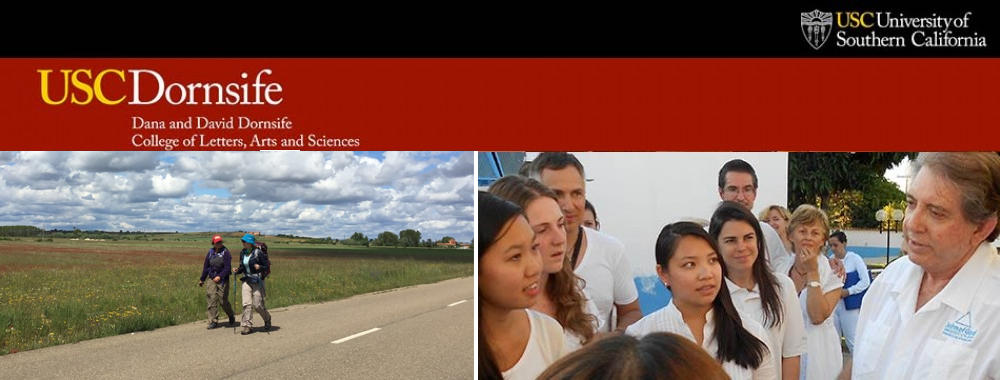Due to the coming together of many nationalities in the pursuit of spirituality, healing, and adventure, the Camino de Santiago is considered a multicultural experience by the Council of Europe and Catholic Church. This has not been the case historically, however. Since pilgrims would walk to Santiago de Compostela from their doorsteps, there was representation from all over Europe, but nationalities mostly kept to their own cultural group. This may be partly due to difficulties communicating between languages. On the modern day Camino, language barriers still exist, but many pilgrims know English, even if it’s not their first language. When this isn’t the case, communicating with someone who does not speak the same language can be awkward and frustrating, but translation apps make socializing possible.
One day I walked with a woman from Austria for about 8 miles. She could speak some English but we had trouble communicating several times. When one of us couldn’t understand the other, first, we’d repeat the statement slower; then, if that was unsuccessful, we’d use hand motions and related words to help explain; finally, we’d either pull out Google Translate to elucidate or just shrug, giggle, and give up if it wasn’t worth the trouble. A similar process arose while trying to communicate with a German woman in my hostel room. She spoke almost no English, so she would speak in German, use hand motions, and single English words to try to communicate. We couldn’t have a long conversation, but I could understand a few statements: she wanted to share her Magnesium tablets, her husband had died, and she has 26 grandchildren. I was hesitant to eat the Magnesium because there was a lack of trust associated with not being able to understand her or her intentions. I didn’t eat it until she used some English words and gestures to insist “yes, yes” while putting her hand to her mouth saying, “Good. Vitamins. Magnesium,” and even then I felt a little uneasy. For the other statements, I needed Google Translate to understand key words like “died” or “grandchildren,” but somehow—before she used her phone—I knew she was talking about her family. Although our conversation was limited, it is remarkable that we were able to share our experiences and establish a friendly relationship without knowing each other’s languages.

There are stories of deep connections forming between people with large language barriers on the Camino. An Irishman told me a story he had heard from a man he met on his first Camino. The man was walking for his deceased granddaughter and wore a shirt with her face on it in her memory. Once, he was walking alone in a forest when a stranger approached him and asked about his shirt. The man told the entire story a way that he was never able to tell it to anyone before and came to tears. He said that even though they didn’t know each other’s languages, they understood each other; it was a Camino miracle to him.

So although language barriers inhibit connection between nationalities in some ways, the shared experience of pilgrimage and the potent spiritual environment on the Camino can often transcend these boundaries. Whether this occurs with the help of a smartphone or not, it is clear that communication between different languages is possible and present on the Camino.
